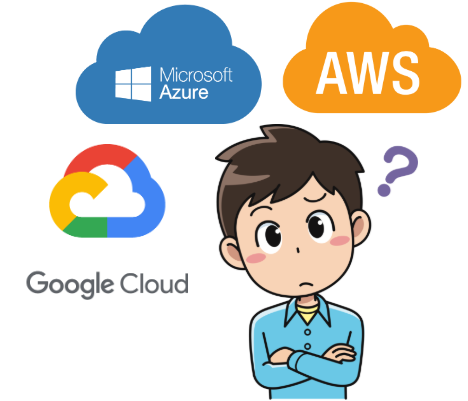Are you planning to migrate your on-premise workloads to the Cloud? Take a look at this article that describes what you should be looking for.
When we need to migrate workloads to the cloud or build a greenfield environment in the cloud, a point of discussion that often comes up is which cloud provider to choose. The decision is often straightforward for organizations that are already on a specific cloud for the last several years, and have adopted a specific cloud provider. For any new workload migration or to build cloud-native apps, for obvious reasons that specific cloud provider is often the preferred one unless there is a compelling reason to look at some specialized capability of another cloud provider.
However, there are many organizations today who have only moved a few workloads to the cloud or none at all and plan to migrate their on-premise data center workloads in the next few years. For these organizations, it becomes critical to decide which cloud provider to choose.

Choosing a cloud provider is not easy. Also it is difficult to do an apple to apple comparison between the cloud provider’s services. A holistic approach needs to be taken to identify the appropriate cloud provider for an organization.
The decision gets complex as the service offerings of the big three cloud providers, Amazon Web Services, Microsoft Azure and Google Cloud Platform are comparable and constantly evolving. More importantly, the decision is just not about the service offerings of the cloud providers but also to understand the internal business and technical requirements and also the challenges of the organization to move the workloads to the Cloud.
While Amazon was far ahead in its capabilities at the onset, Microsoft Azure picked up in a big way in the last few years and Google Cloud Platform has now become a definite option to consider. The service offerings and feature gaps between the cloud providers are reducing. Organizations are also adopting multi-cloud strategy and hybrid-cloud strategy, including a set of workloads residing in the on-premise data centers and private clouds. Coexistence of workloads on-premise and in the Public cloud brings in another set of challenges from an operational and management perspective.
Adopting a public cloud platform would need a different approach for an enterprise and a startup. For a startup having specific application stacks the focus will be on the specific set of apps. Whereas for an enterprise it needs to be more broadly thought through with hundreds of applications that need to migrate to the cloud. The support model, agility and flexibility in adopting new technologies are also significantly different in startups, which are generally not suitable for enterprises.
My recommendation for startups is not to limit their search with just the big three cloud providers. Explore other platforms like Digital Ocean and Heroku too (there are many more exciting platforms and I have picked these two as examples only). These platforms might be meeting the requirement of the use cases, roadmap items, performance demands and could be cost-effective.
Identifying an appropriate cloud provider is complex. Before directly jumping in to identifying a cloud provider, it is important to first understand some key elements of the existing environment and the organization’s business vision and technology roadmap.
#cloud #cloud migration #cloud service provider
